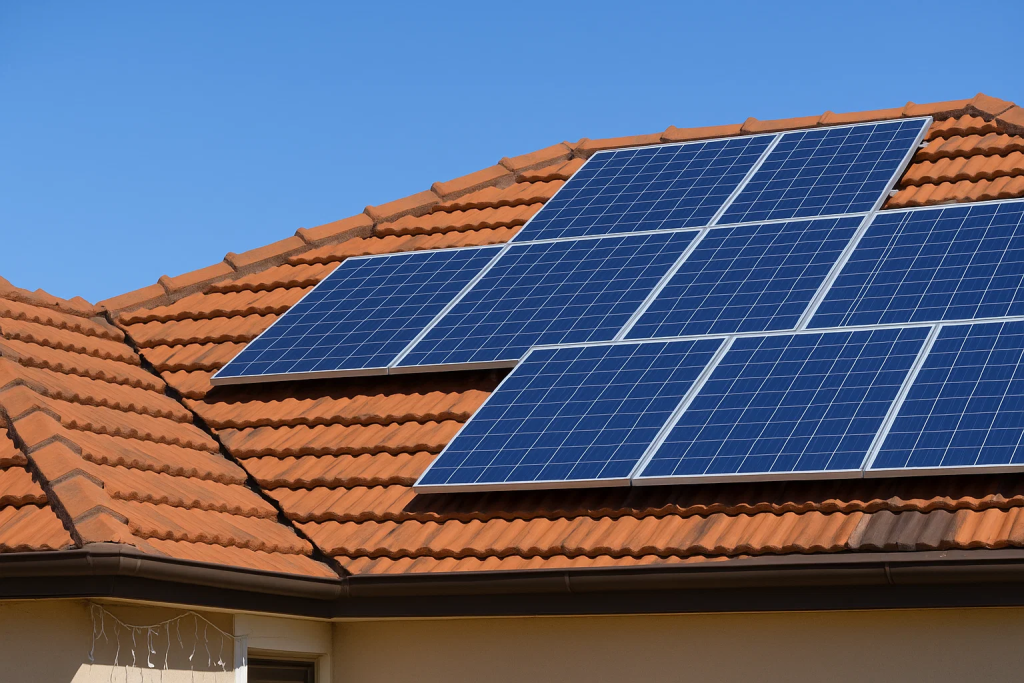Imagine powering your home with nothing but sunlight — clean, abundant, and absolutely free. That’s the promise of solar energy — a game-changer in our transition to a greener future.
But what exactly is solar energy? How does it get from the sun to your appliances? Let’s break it down in a simple, stylish way that shines some light on the science behind the sunshine.
What Is Solar Energy?
Solar energy is the energy we receive from the sun in the form of electromagnetic radiation — mostly visible light and heat. It’s the most abundant energy source on Earth. Every hour, the sun sends more energy to Earth than the entire world uses in a year.
How Does Solar Energy Work?
The process of converting sunlight into usable energy involves a few key technologies:
1. Photovoltaic (PV) Systems
These are the most common and visible forms—think solar panels on rooftops.
- How it works: Solar cells inside panels absorb sunlight → convert it into direct current (DC) electricity → an inverter then converts DC into alternating current (AC) → powers your home.

- Key component: silicon semiconductors, which generate electric current when exposed to light.
Did you know? One solar cell produces only about 0.5 volts — that’s why panels contain dozens of cells wired together.
2. Solar Thermal Systems
These systems use sunlight to heat water or air for domestic use, space heating, or even electricity generation at a larger scale.
- Examples: Solar water heaters, concentrated solar power plants (CSP).
- How it works: Mirrors/lenses focus sunlight → heats a fluid → turns into steam → drives a turbine → produces electricity.

3. Passive Solar Design
Harnessing the sun without tech. This includes:
- South-facing windows
- Thermal mass materials (like stone or concrete)
- Smart building design for natural lighting and heat
Benefits of Solar Energy
| Benefit | Why It Matters |
|---|---|
| Eco-friendly | No greenhouse gases or pollution |
| Renewable | Infinite supply — the sun won’t quit anytime soon |
| Reduces Bills | Cut electricity costs significantly |
| Low Maintenance | Panels last 25+ years with minimal upkeep |
| Energy Independence | Say goodbye to grid reliance |
Where Is Solar Energy Used?
- Homes & apartments—rooftops or solar gardens
- Industries—power backup and off-grid solutions
- Farms—solar-powered irrigation, dryers
- Space tech—satellites run on solar
- Remote areas—powering villages without electricity access
How Efficient Are Solar Panels?
- Average solar panel efficiency: 15–22%
- High-efficiency panels can exceed 23%, converting more sunlight into electricity
- Tech is rapidly improving — future panels may reach 30%+
Fun Fact: Perovskite solar cells are a cutting-edge alternative, cheaper to produce and potentially more efficient.
Costs, ROI & Incentives
- Installation cost (India, 2025): ₹45,000 to ₹65,000 per kW (on-grid)
- Payback period: 3–5 years on average
- Govt incentives: Net metering, subsidies (up to 40%), income tax rebates
Pro tip: Sites like MNRE India offer calculators for cost estimates and info on subsidies.
Final Thoughts: Why Solar Is the Future
We’re standing at the edge of an energy revolution — and solar is leading the charge. Whether you’re installing rooftop panels or simply supporting cleaner energy policies, solar energy empowers us to build a brighter, greener world.
It’s not just about saving money — it’s about saving the planet.




